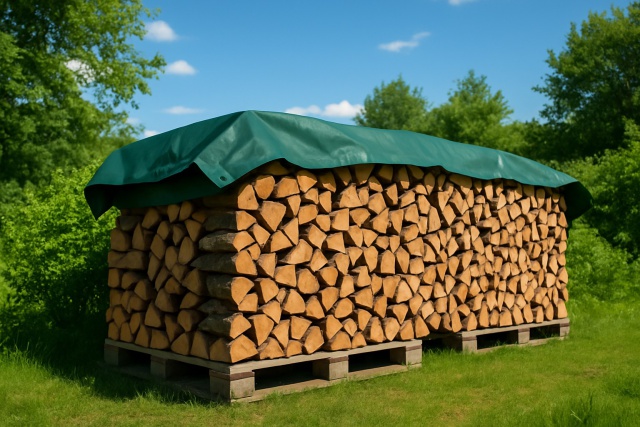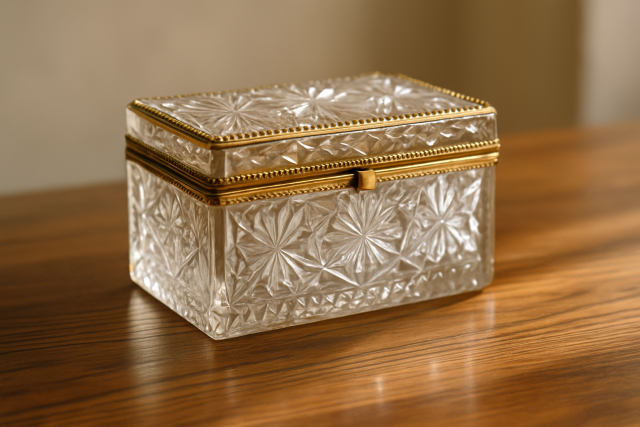
Why Is My Monstera Overwatered And What To Do Next


A monstera overwatered is one of the trickiest hurdles owners often stumble upon, usually leaving their plants stressed out and care way more complicated than it ought to be.
Getting to Know Monstera and Nailing the Watering Game
Monstera plants hail from lush tropical rainforests and thrive best in spots that are consistently moist but never soggy. They prefer soil that holds gentle dampness like that feeling after a light rain but never sitting in a puddle. This mirrors their natural rhythm of steady yet spaced-out rainfall paired with high humidity.
- Monstera plants prefer soil that stays nicely moist but also gets a bit of breathing room to dry out between waterings. This helps keep their roots happy and stress-free.
- These beauties really don’t appreciate soggy roots because if the drainage isn’t up to snuff root rot can sneak in before you know it.
- Their leaves will thank you with a healthy glow when you ease up on the watering schedule since they thrive in high humidity.
- Monstera plants do best basking in indirect light surrounded by warm humid air and a gentle steady breeze that keeps things just right.
Frequent Reasons Monstera Plants End Up Drenched (and Not in a Good Way)
Overwatering usually sneaks up on us when our care routines don’t line up with what the plant really needs or if the environment isn’t playing nice. Nail the watering schedule, use pots that refuse to drain or pick soil that holds onto water like a sponge and you’re setting the stage for soggy roots.
Watering way too often without giving the soil a chance to dry out—this usually happens because drooping leaves get misread as if the plant’s throwing a water party when it actually needs a break.
Using pots that have no proper drainage holes or saucers that act like little water traps and leave the roots to literally sit in a soggy mess.
Opting for dense, compacted or peat-heavy soils that cling onto water longer than they should, like that one friend who just won’t let go of the past.
Ignoring the hints your plant throws at you like soil that still feels wet or leaves that refuse to perk up even after watering—signals that you might be overdoing it.
Environmental factors such as high humidity or too little light can slow the soil’s drying time and cause water to pile up like an unwanted guest at a dinner party.
How to Tell If Your Monstera Is Getting Too Much Water (And What to Do About It)
Catching the subtle signs of overwatering early on can really save you a headache down the road. Some symptoms might play a sneaky double and resemble underwatering or pest problems. But if you pay close attention to the little things like the shade of the leaves, the feel of the soil and how the roots are doing, it usually becomes clear that overwatering is the culprit.
- Leaves that start turning yellow or look almost see-through, usually starting with the lower ones first.
- Foliage feeling soft or limp, or just oddly wilted though the soil is still moist.
- Roots giving off a bad smell or looking black and mushy, a classic sign of root rot.
- Soil that stays wet or soggy for days after watering and will not dry out.
- Clear signs of mold or fungus, such as white powdery spots on the soil surface.

An example of an overwatered monstera plant displaying yellow leaves, wet soil surface with mold, and signs of root rot
Diagnosing the Problem by Taking a Closer Look at Soil and Roots
Accurately diagnosing overwatering means taking a good look at both the soil’s moisture and how the roots are holding up.
Give the soil a quick test by sticking your finger about 1 to 2 inches deep. If you want something more exact, a moisture meter can do the trick.
Gently ease your monstera out of its pot to check the roots. Be careful not to roughhouse them.
Healthy roots should feel firm to the touch and be white or light tan. Avoid black, mushy, or stinky ones.
Make sure your pot drains well. Check for enough holes so extra water can bail out and keep your plant safe from waterlogging.
What to Do Right Away If Your Monstera is Overwatered (It Happens to the Best of Us)
Once you’re sure overwatering is the culprit, jumping into action sooner rather than later can really save your Monstera from further trouble. These straightforward steps are designed to nip the excess moisture in the bud and nurse the roots back to health.
Cut back on watering right away and let the soil dry out more between sessions to give your monstera some breathing room.
Check for drainage issues by peeking into pot holes and ditch any leftover water hanging out in the trays beneath the pot.
If you spot root rot, repot your beloved monstera using fresh well-draining soil. A cozy mix of peat, perlite and orchid bark works wonders.
Snip away any soft or damaged roots with sterilized scissors to keep rot from spreading. Think of it as a little haircut for your plant’s health.
Find a bright spot with indirect light and plenty of airflow but avoid harsh direct sun or chilly drafts since those can stress your green friend out.
Strategies for Long-Term Care to Keep Your Plants Happy Without Drowning Them
Keeping a Monstera healthy means finding a watering rhythm and environment that truly suit what this quirky plant naturally loves.
- Always choose pots with plenty of drainage holes to prevent water from pooling around the roots since that can cause problems.
- Pick a soil mix that drains really well and allows air to flow through easily. Chunky ingredients like perlite and orchid bark usually work great.
- Water only when the top 1 to 2 inches of soil feel dry to the touch. I usually check by sticking my finger in or using a moisture meter if I want to be precise.
- Watch indoor humidity levels and raise them with a humidifier or pebble trays when needed. This often means you will be watering less, which is a bonus.
- Adjust your watering routine according to the season. Cut back in winter when your plants grow slowly and give them more care during the busy spring and summer months.
Additional Tips on Spotting When You Might Be Going a Bit Overboard with Corrections
When tackling overwatering some Monstera owners accidentally swing the pendulum too far the other way. This leads to underwatering—a sneaky problem that can be just as damaging.
- Leaves turn dry and brittle with edges that look almost crispy and lose their once vibrant green hue.
- The edges of the leaves curl inward or appear shriveled because of a lack of moisture.
- Growth slows down noticeably and new leaves often don’t open fully, showing that the plant is stressed.
- Soil begins to pull away from the sides of the pot, a classic sign it’s bone dry and compacted.
Knowing When It is Time to Reach Out for Professional Support
Many cases of a monstera overwatered can often be sorted out at home, though every now and then you’ll hit a situation that really calls for a pro’s expertise.
- Severe root rot has seriously damaged most of the root system making any chance of recovery a tough uphill battle.
- Despite multiple cleaning attempts stubborn fungal or mold growth still lingers on the soil and at the plant base as if refusing to give up.
- Weeks of careful watering and repotting have not moved the needle much because the plant shows no real signs of bouncing back.
- The significant leaf loss and overall decline paint a grim picture and hint at widespread stress or infection that is clearly taking its toll.





